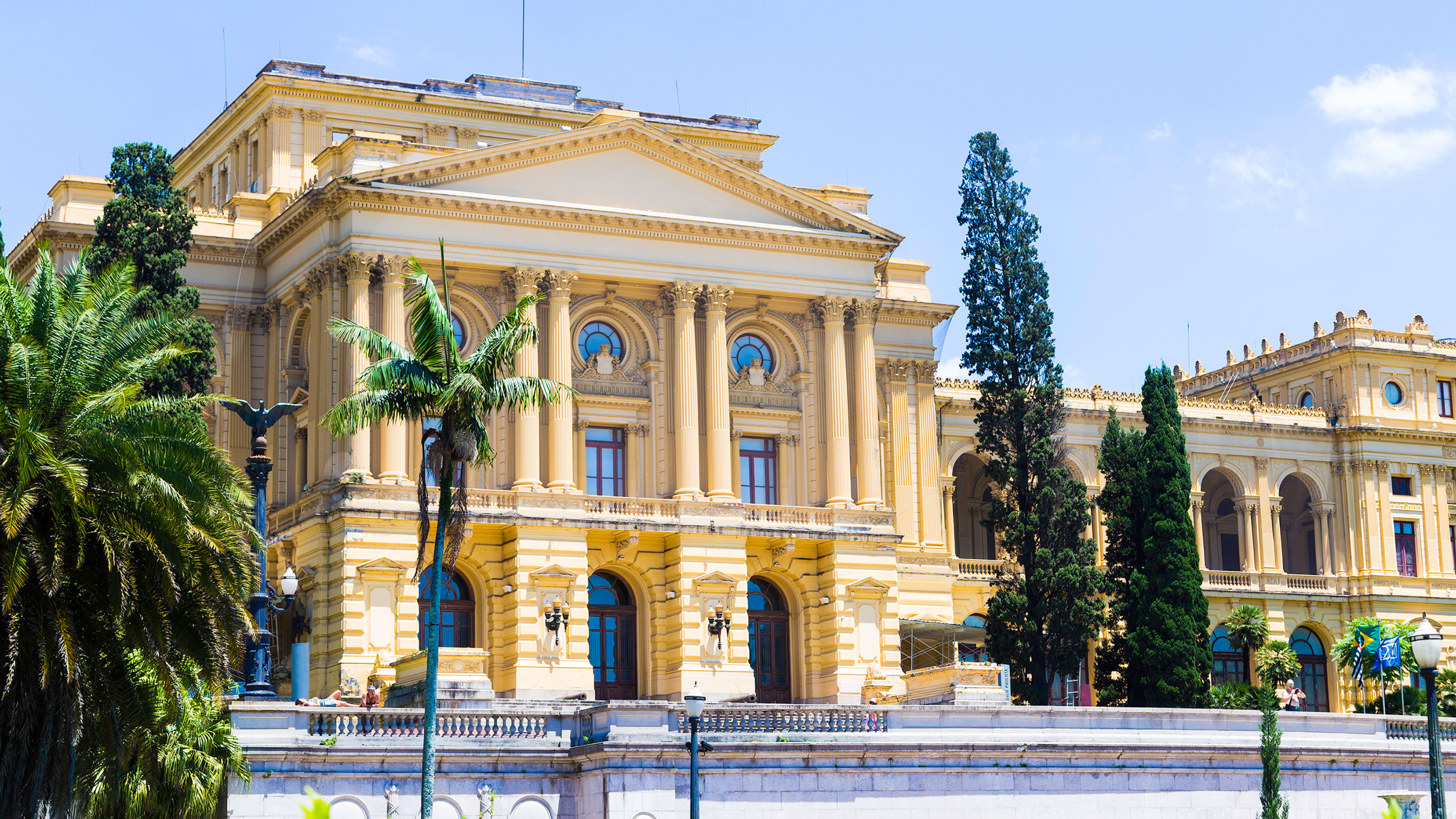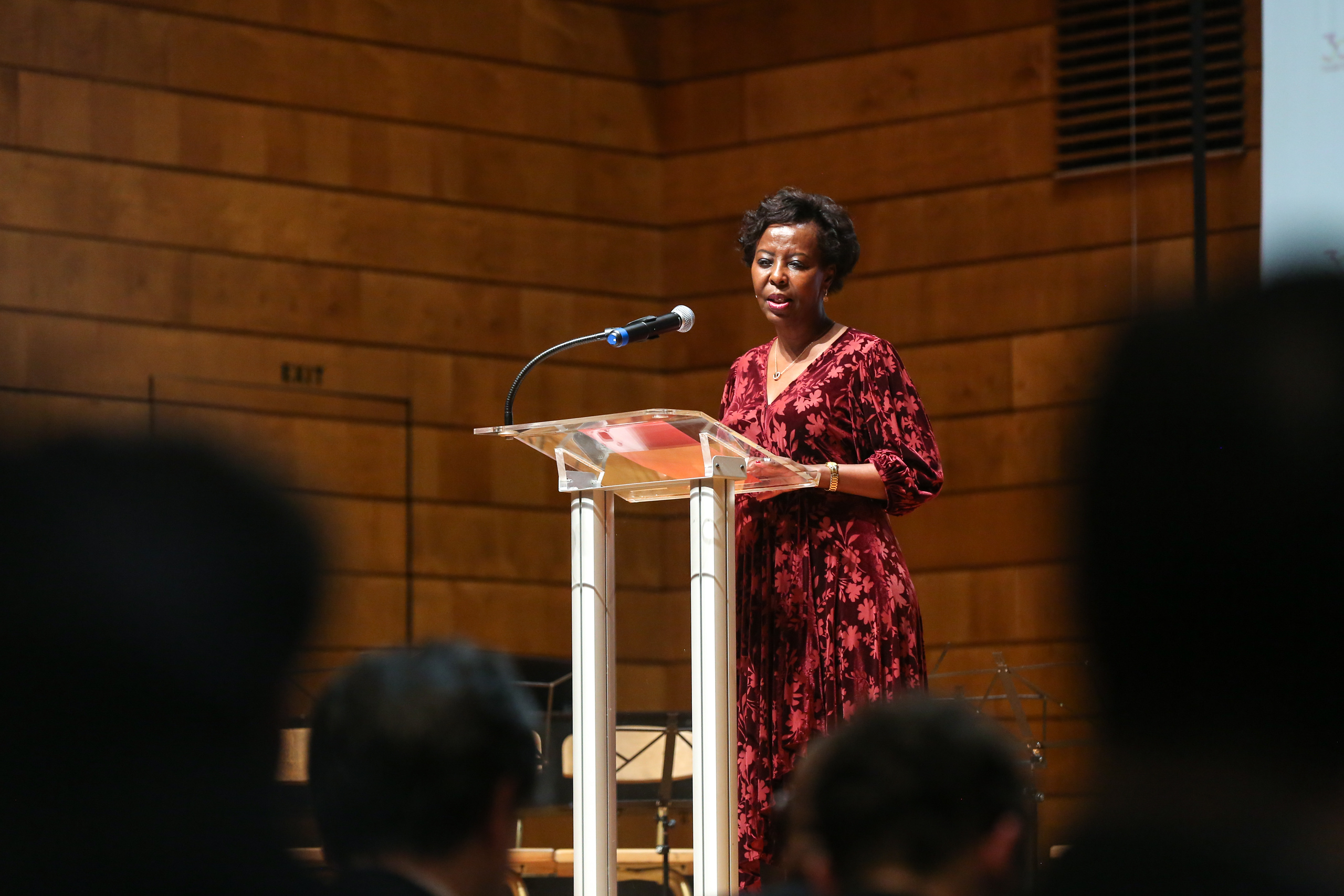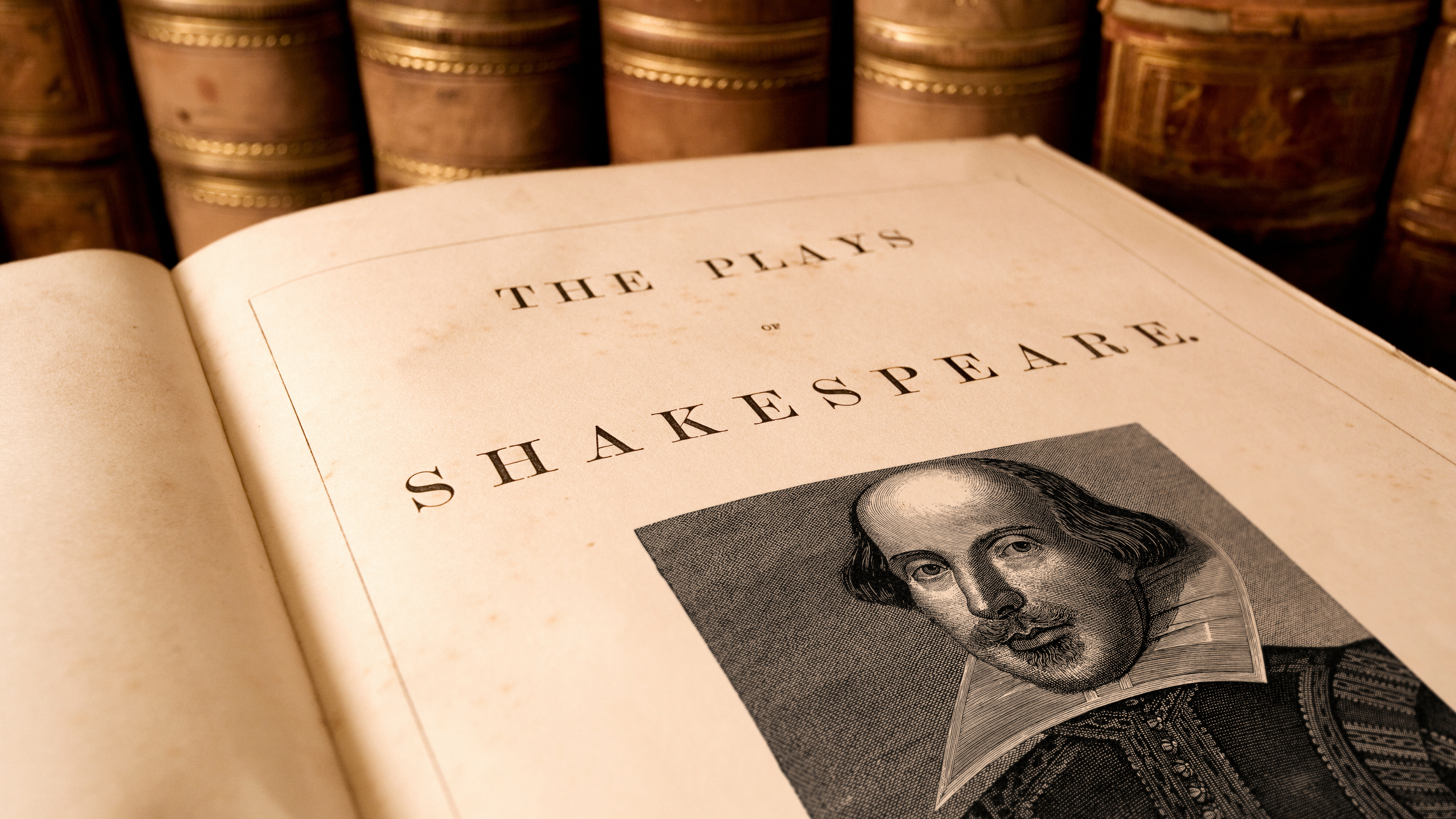Already a user?Log inTechnical Support
Multiculturalism Experienced in Practice
16 May 2023
A reflection on the World Day for Cultural Diversity for Dialogue and Development and how it is present in Brazilian daily life.
Everyone knows that the globalisation process has transformed our planet into a space without borders. Through increasingly accessible travel and the internet, it is possible to get to know and keep in touch with different languages and cultures, in order to expand our knowledge in the personal, social and professional spheres. In the same way, it is possible to reinforce and impart our roots. As a teacher of both Brazilian Portuguese as a mother tongue and English as a foreign language, I always find myself reflecting on what the points of connection are and the singularities that thinking and living in these two languages present not only to me, but also to my students and all those who live with us.
Present Cultural Diversity
21st May is the World Day for Cultural Diversity for Dialogue and Development, the date chosen by UNESCO to draw attention to the establishment of dialogue that fosters peace and sustainable development among nations through the expression of the multicultural wealth of its member countries. It is something that may seem distant, but that is ever-present in our daily lives.
I live in São Paulo (Brazil), the largest city in Latin America and the fourth largest in the world, according to the United Nations. My city lives multiculturalism, and I can recognise on every corner how important it is to our greatness. Here, there are entire neighbourhoods founded and inhabited by a multitude of ethnicities: Japanese people in Liberdade; Italians in the regions of Bexiga, Brás, Mooca and Barra-Funda; indigenous peoples in Jaraguá and Parelheiros; Africans in the centre; Koreans, Chinese and Jewish people in Bom Retiro... The list is endless, and it is interesting to note how, despite forming their local communities, these people move around the metropolis, taking their knowledge with them and combining it with that of others.
Perhaps for this very reason, in 1997, São Paulo was given the title of Gastronomic Capital of the World. Our city is home to restaurants from 43 different countries, which gives it “the greatest diversity of typical cuisine in a capital city”, as the Folha de São Paulo newspaper reported at the time. This multiculturalism is already so embedded in our lives that we often don’t think much about it, even though it appears in our calendar, in the architecture of the streets and in the conduct of those who are born here. For example, we see multiculturalism in get-togethers with friends to go to the Japanese gastronomic fair, which happens every weekend in the Liberdade neighbourhood, in the celebration of the Chinese New Year, or in the most traditional Italian festival in Brazil, the Nossa Senhora de Achiropita (Our Lady of Achiropita) festival, where food stalls are set up in the streets adjacent to the Nossa Senhora de Achiropita church and the ladies of the Bexiga neighbourhood — affectionately nicknamed nonna (grandmother) — make all kinds of Italian pasta and sweets to sell. In addition to the food, there are groups that perform traditional Italian music and dance to entertain the public. The gathering of people from all parts of the city to keep these traditions alive turns into access to different cultures for thousands of people.
This exchange of culture doesn’t just take place in gastronomy. Also of Italian descent, there is the doctor, communicator and writer, Drauzio Varella. An author of several books, among them Estação Carandiru (Carandiru Station), Drauzio had his work adapted for the cinema by the filmmaker Héctor Babenco and released under the name Carandiru: O filme (Carandiru: The film). From Japan, in turn, the city received the influence of the artist Tomie Ohtake. Tomie arrived in Brazil in 1936 and, after being prevented from returning to her homeland because of the Pacific War, made her home here. She married, raised her two children and began a successful artistic career at the age of 40. In São Paulo, it is still possible to see her works at various locations, such as Avenida 23 de Maio, Anhangabaú, Cidade Universitária (University City), the Ibirapuera Auditorium and the Latin America Memorial Auditorium. Meanwhile, Tomie Ohtake and her Japanese influence has also spread to other Brazilian cities, such as Ribeirão Preto, Belo Horizonte, Curitiba, Brasília, Araxá and Ipatinga. Throughout her career, the artist has also had the chance to take her art back to her homeland of Japan.
These examples already show us the importance of a date such as the World Day for Cultural Diversity for Dialogue and Development, since celebrating this cultural diversity is a way of honouring all those people who built and continue to contribute to the city of São Paulo and Brazil as a whole. They are immense, not only geographically and economically, but also in intangible heritage, whether in language and literature, cooking, dance, music or so many other socio-cultural manifestations.
The Importance of Dialogue
Just as so happens in my city, the UN sees this multiculturalism as a way of promoting dialogues that contribute to human development. As a teacher, I understand that dialogue promotes welcoming and bridging. This practice is fundamental for language students and teachers to continue their studies and feed both their curiosity to connect with new cultures and their empathy with other people. One does not learn a language to be stuck within the four walls of a classroom, but rather to ensure the spread of that multiculturalism which this date reminds us so much of.
When I say empathy, I say it because I always emphasise to my students that one does not learn or improve language skills simply for the sake of doing so. We strive in our studies to relate to other people, to make friends, to set up businesses, and to form families. This can happen on a trip abroad or in our hometown. São Paulo, for example, is home to major companies and receives tourists from all over the world for its huge events, including the Carnival, the LGBTQIAP+ parade, major music festivals, Formula 1 and the São Silvestre street race. In addition, the migratory flow has increased greatly due to the COVID-19 pandemic and the war conflicts in Europe, other Latin countries and the Middle East. Many of these people are not just passing through. Unlike tourists, they are here to stay. Knowing how to communicate, managing not only to understand others and their culture, but also to be understood and have our culture valued, is what allows us to create bonds and, moreover, allows us to live together in a sustainable and peaceful way.
Fight for Support, Rights, Integration and Peace
It is also worth emphasising that the World Day for Cultural Diversity for Dialogue and Development marks not only the celebration of multiculturalism, which is so present in our daily lives, but is also a date for fighting for a more respected and just society. As I said above, we often do not think about how multiple cultures are present in our daily lives, therefore it is essential to remember that this day marks the furthering of discussions surrounding the four pillars established by UNESCO:
- To support sustainable systems of governance, raising awareness of the importance of intercultural dialogue, diversity and inclusion.
- To achieve a balanced flow of cultural goods and services, in order to increase the mobility of artists and cultural professionals by getting everyone engaged and supporting diversity through genuine actions in their daily lives.
- To integrate culture into sustainable development frameworks.
- To promote human rights and fundamental freedoms, combatting polarisation and stereotypes in order to improve understanding and cooperation between people of different cultures.
How to Celebrate
There are many ways of bringing these four pillars proposed by UNESCO to life, especially if we think that the culture of a people is an important part of the individual formation of each one.
If you are in São Paulo, you can visit some museums and cultural spaces that help us think about this very important topic. I recommend:
- Museum of Immigration
- Museum of the Portuguese Language
- Latin America Memorial
- Jewish Museum
- Emanoel Araujo Afro-Brazilian Museum
- Japanese Pavilion
- Tomie Ohtake Institute
- Japan House São Paulo
Furthermore, in general, it is also possible to write a book, start a blog, record videos and podcasts showing our culture, apply to a selection process for a university or for a job vacancy in a multinational company, do voluntary work in a different place, promote good local initiatives on social networks, and learn the language of the people we interact with. Altissia can help with this since, on its platform, foreigners can learn Portuguese and Portuguese speakers can study 24 other languages (Bulgarian, Canadian French, Croatian, Czech, Danish, Dutch, English, Estonian, Finnish, French, German, Greek, Hungarian, Italian, Latvian, Lithuanian, North American English, Polish, Romanian, Slovakian, Slovenian, Spanish, Swedish and Turkish).
By learning and continuing to study a new language on Altissia’s platform, students and teachers can not only celebrate the World Day for Cultural Diversity for Dialogue and Development in 2023, but also all the upcoming ones.
References:
- Drauzio Varella. Drauzio. Accessed 14 April 2023.
Folha de São Paulo. SP receives the title of gastronomic capital of the world. Accessed 10 April 2023. - Globo G1. Immigrant’s Day: city of SP has more than 360 thousand foreigners living legally. Accessed 10 April 2023.
- Tomie Ohtake Institute. Tomie Ohtake. Accessed 14 April 2023.
- Nossa Senhora Achiropita. The party. Accessed 14 April 2023.
- United Nations. UN marks World Day for Cultural Diversity for Dialogue and Development. Accessed 10 April 2023.
- United Nations. Protecting the diversity of cultural expressions is more important than ever. Accessed 10 April 2023.
- United Nations. Protecting our cultural diversity is more important than ever. Accessed 10 April 2023.
- World City Populations 2023. World Population Review. Accessed 10 April 2023.



